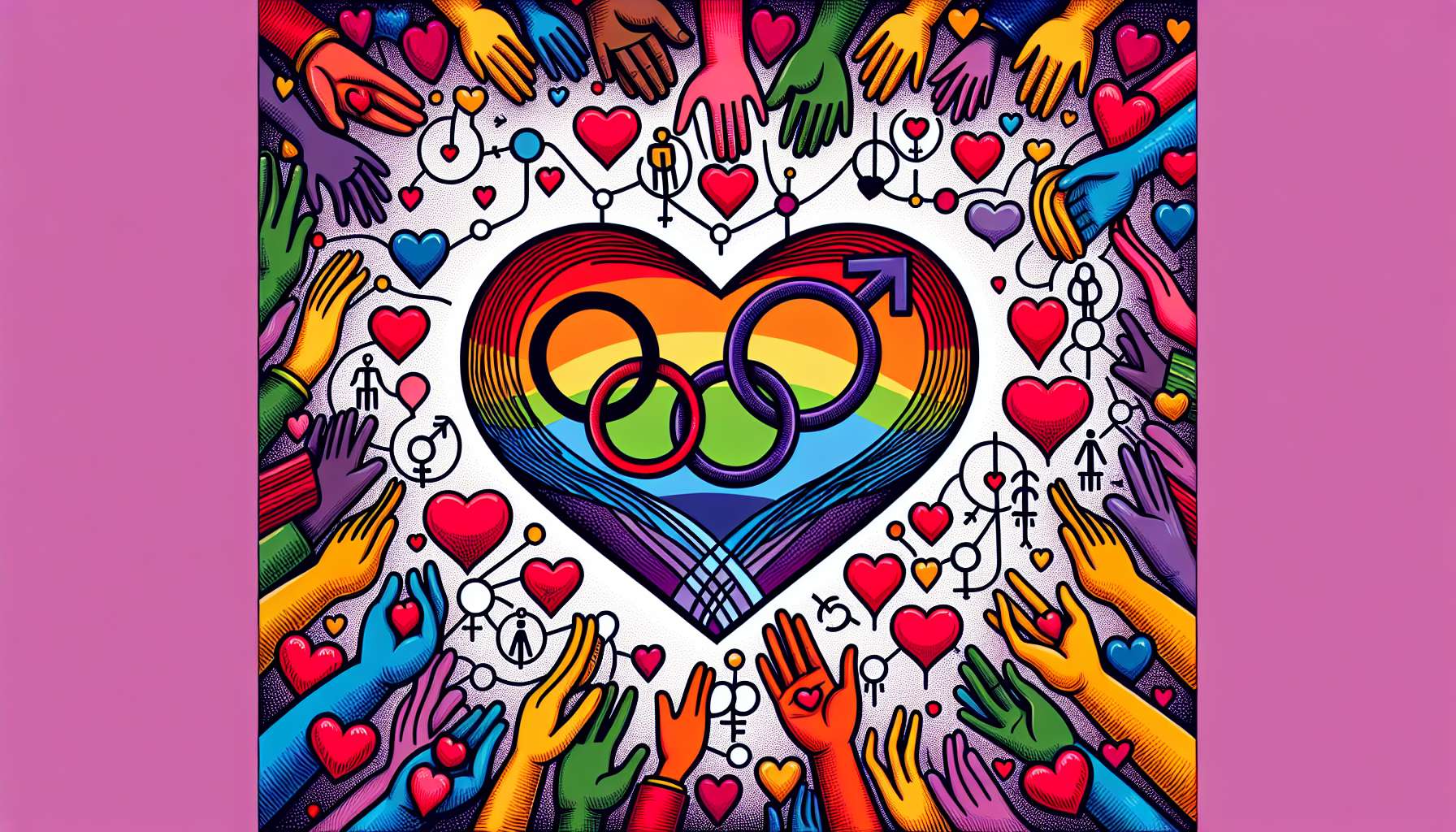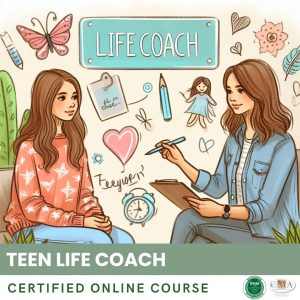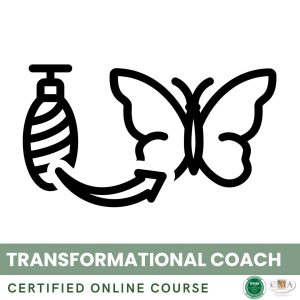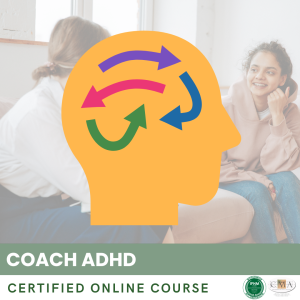The relational models of LGBTQ+ people are multiple and go far beyond the traditional schema of monogamous heterosexual couples. Among these models, we can mention the same-sex couple, polyamory, free relationship, ethical non-monogamy, or even relational anarchy.
The same-sex couple is undoubtedly the most well-known and visible model. Since the legalization of marriage for all in many countries, gay and lesbian couples can legally unite and start a family. However, it’s important not to project onto these couples the norms and expectations of the heterosexual couple. Gender dynamics, roles, and modes of communication can be very different in a same-sex couple.
Polyamory is another relational model increasingly common among LGBTQ+ people. It involves the possibility of having multiple simultaneous love relationships, with the consent and knowledge of all the partners involved. Polyamory is based on values of honesty, transparency, and communication. It should not be confused with infidelity or libertinage. Polyamorous relationships can take a variety of forms, from the triad to the “polycule”, through the “V”s or “N”s.
Free relationship is a model close to polyamory, but emphasizes sexual freedom instead. In a free relationship, partners mutually authorize each other to have sexual relations with other people, without it being considered infidelity. The rules and limits of these relationships are defined by the partners themselves, according to their needs and desires.
Ethical non-monogamy is an umbrella term that encompasses all forms of non-exclusive relationships based on consent, honesty, and mutual respect. It includes polyamory, free relationship, as well as “swinging” or partner swapping. The key point is that all partners are informed and in agreement with the established rules.
Relational anarchy is a more radical model, which rejects any form of pre-established norms or expectations in relationships. Each relationship is unique and evolves freely according to the desires and agreements of the people involved. There is no hierarchy between love, sexual, or friendship relationships. Everyone is free to define the nature and intensity of their connections with others.
Beyond these models, there are a multitude of ways to consider and live relationships among LGBTQ+ people. Some choose celibacy, others long-distance relationships, others still platonic or asexual relationships. The essential thing is to respect the diversity of each person’s choices and paths, without judgment or prescription.
As a coach, it is important to understand these different relational models and their specific issues. The goal is not to promote one model over another, but to accompany individuals in their reflection and their choices. This involves exploring their needs, desires, values, and boundaries in terms of relationships. It can be useful to help them clarify their relational agreements, to communicate assertively with their partners, and manage potential difficulties or conflicts that may arise.
Key points to remember:
– The relational models of LGBTQ+ people are varied and extend beyond the traditional schema of monogamous heterosexual couples.
– It is essential not to apply the norms and expectations of the heterosexual couple to same-sex couples, as dynamics, roles, and modes of communication can be very different.
– Polyamory allows for multiple simultaneous love relationships, based on honesty, transparency, and communication, with the consent of all partners involved.
– The free relationship model emphasizes sexual freedom, where partners mutually authorize sexual relationships with other people, following jointly established rules and limitations.
– Ethical non-monogamy encompasses all forms of non-exclusive relationships based on consent, honesty, and mutual respect. The key point is that all partners are informed and in agreement with the established rules.
– Relational anarchy rejects pre-established norms and expectations; each relationship evolves independently according to the desires and agreements of the people involved, without a hierarchy between types of relationships.
– There are numerous other ways for LGBTQ+ people to experience relationships such as celibacy, long-distance relationships, platonic, or asexual connections. The essential thing is to respect the diversity of each individual’s choices, without judgment.
– As a coach, it is crucial to understand these relational models, not to promote one in particular, but to support individuals in their reflection, their choices, and help them clarify their agreements, communicate, and manage potential difficulties.
👉 To download docx (Editable) file click here : Click here
👉 To download PDF file click here : Click here
👉 To download MP3 file click here : Click here







